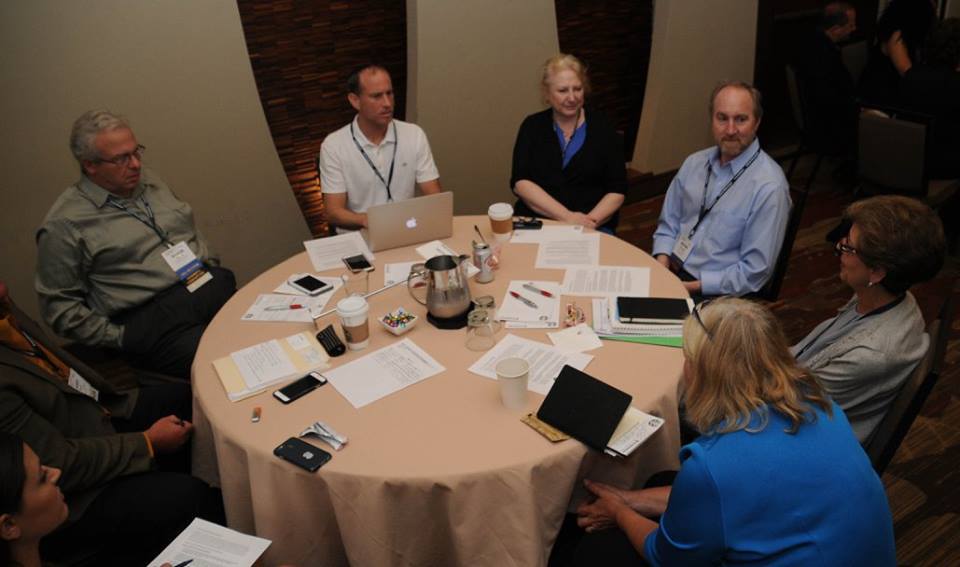
 If you think of education as an orchestra, educators and administrators are the musicians and conductors infusing passion into the song of learning. When experiencing a symphony, the audience is likely attuned to the hypnotically arranged notes instead of thinking about where and how the instruments were made.
If you think of education as an orchestra, educators and administrators are the musicians and conductors infusing passion into the song of learning. When experiencing a symphony, the audience is likely attuned to the hypnotically arranged notes instead of thinking about where and how the instruments were made.
But let’s spend a minute thinking about the instruments. Who made them? What inspired people to make the instruments? Were they once musicians, too? In this analogy, education technology companies are the instrument makers.
 During the ETIN-SIIA Education Industry Symposium (EIS), CB&A explored how educators and vendors collaborate to compose the education symphony. Here are some topics and takeaways we gleaned:
During the ETIN-SIIA Education Industry Symposium (EIS), CB&A explored how educators and vendors collaborate to compose the education symphony. Here are some topics and takeaways we gleaned:
Assessments
It’s hard to deny that too many assessments can have a negative impact on students, especially when they’re young. Perhaps we should look at measuring achievement not from a pass/fail perspective, but from an engagement standpoint. If students are engaged and exploring creativity in their learning, then that should be considered a success. That’s not to say assessments don’t have merit—testing knowledge is important. And let’s be honest, everyone faces high-stakes situations in life, so it’s helpful to prepare for those instances in moderation.
International Scene
There are more than one billion students and teachers in K-12, globally. If companies want to expand to international markets and offer their solutions to a broader pool of students, they need to do their research. Not every country has the same level of ed tech implementation—and some countries that you might expect to have high-tech schools, don’t (such as Germany). And there’s major competition worldwide, especially in India and China, where an abundance of fiscally healthy education companies is expanding quickly. Experts suggest keeping your service simple to gain traction. You should be able to describe what you do in 30-40 seconds.
Content
More districts are figuring out how to dispose of static textbooks and incorporate digital material into their classrooms. An important piece of this puzzle is open educational resources (OER). Educators and vendors must keep in mind that OER isn’t a silver bullet—30 percent of digital education materials become unviable. So, even if a teacher takes the time to compile resources, there’s no guarantee she can use them year after year, or even month after month. Someone has to maintain these resources, often on a daily basis (and it’s probably not realistic, fair or smart to expect a teacher to do this).
Diversity
Demonstrated by the Leadership Development Seminar that took place at the conference, industry associations like SIIA are making genuine efforts to promote inclusivity. This half-day seminar was designed to provide leadership development opportunities to women and minorities. It should go without saying that diversity of perspectives and experiences is a good thing. We’re proud to see these efforts underway.
The education orchestra is immense. Finding harmony isn’t easy—whether you’re a teacher, a curriculum director, a superintendent or an ed tech CEO. One thing was abundantly clear at EIS: these parties need to work together to hit the right notes, and the best way to do that is for companies to meet teachers where they are.
Simplicity is key in this symphony.


